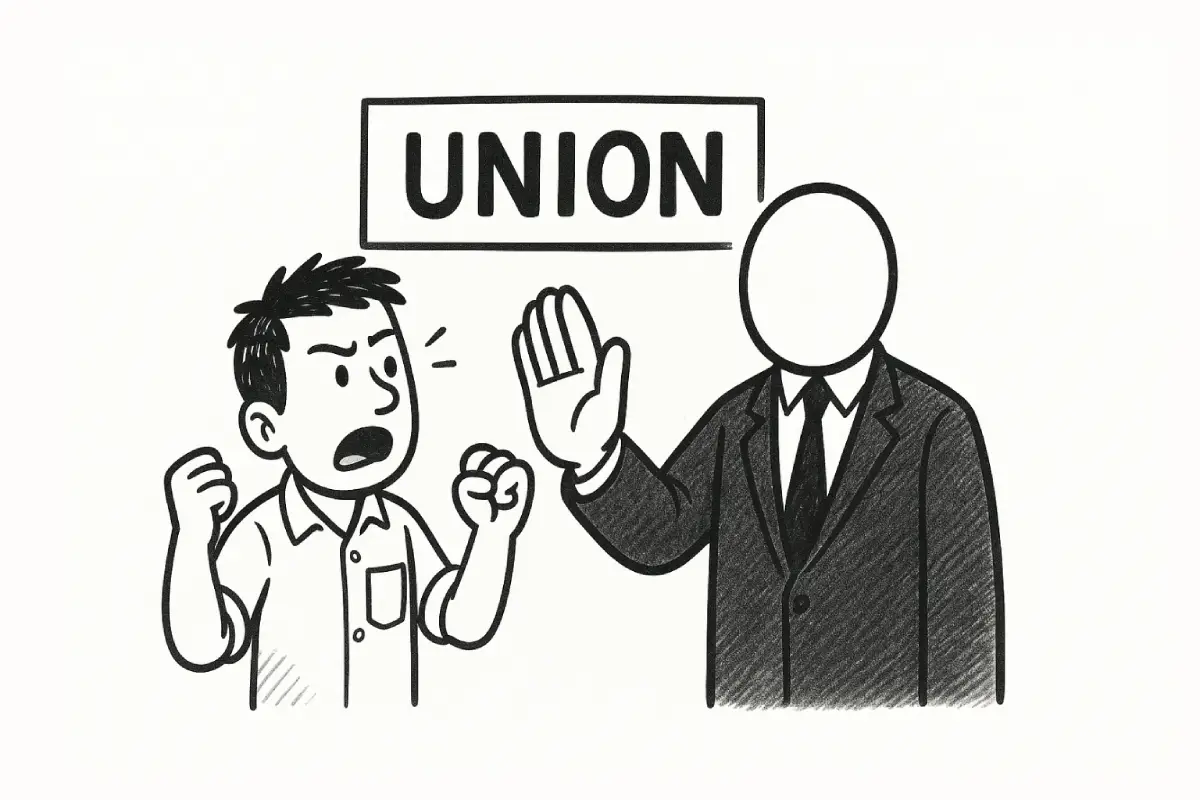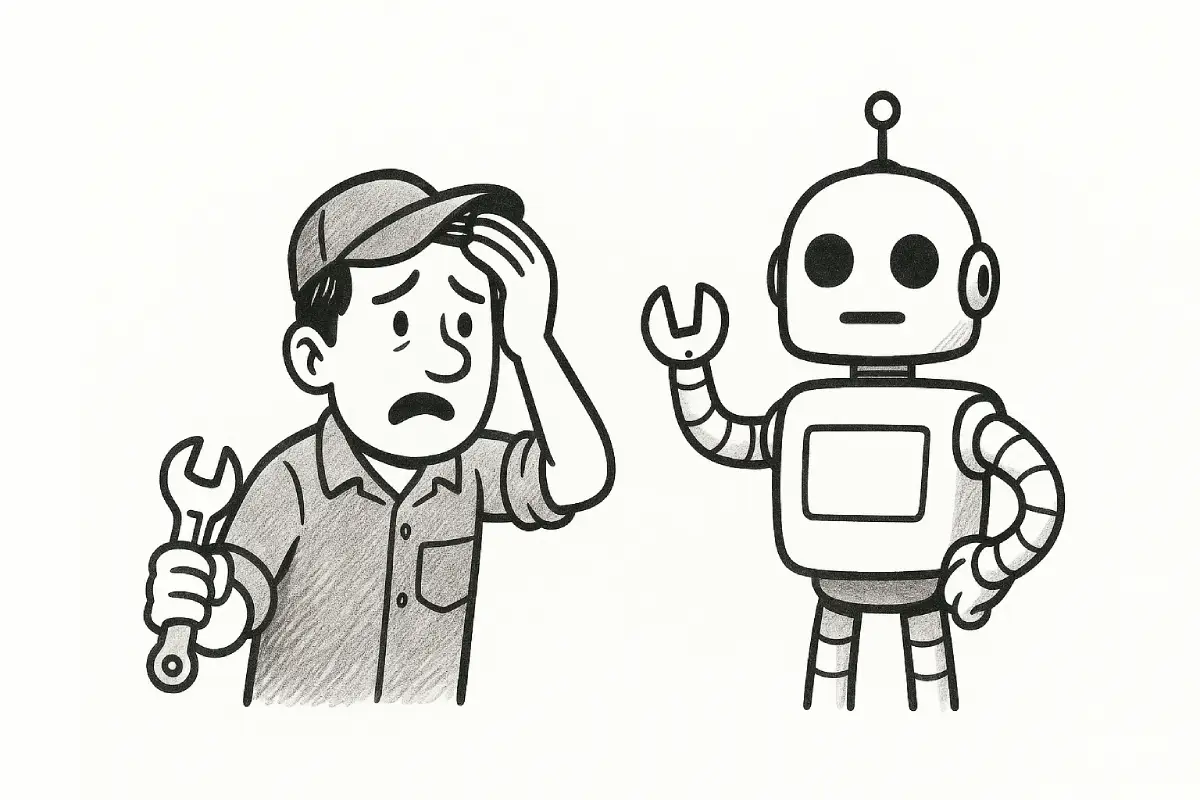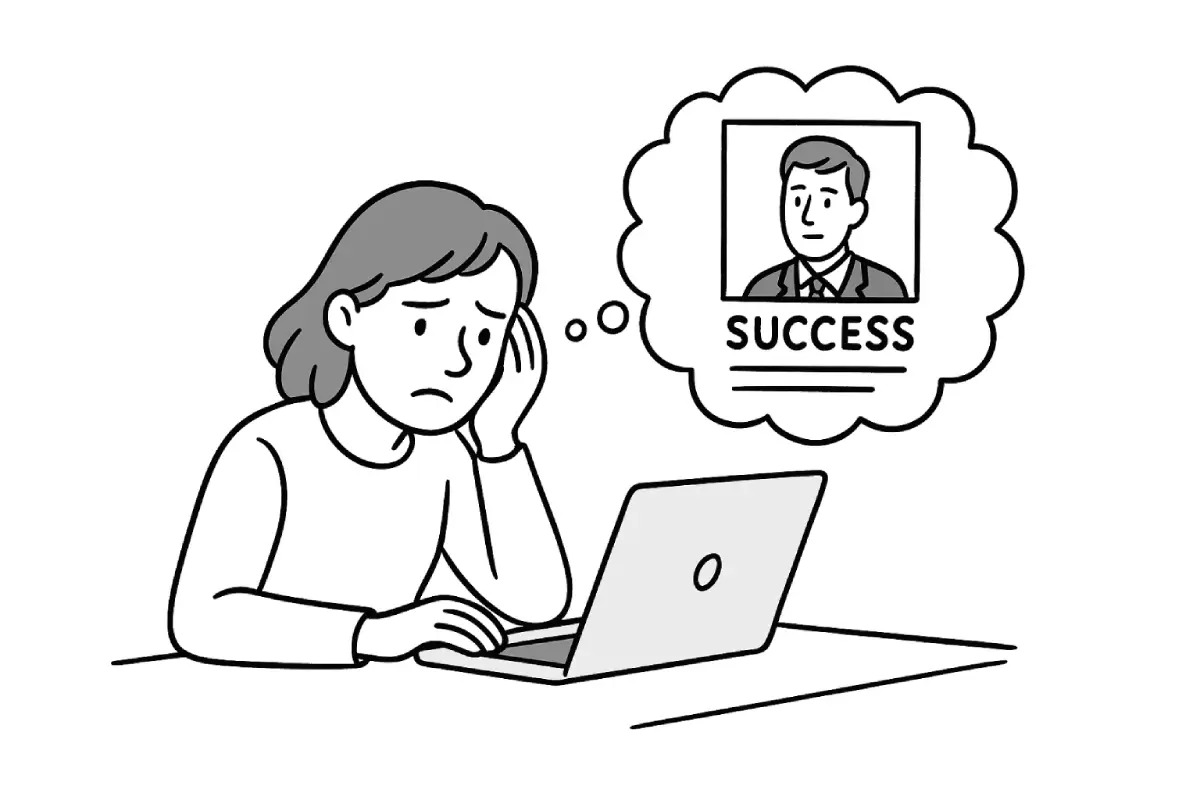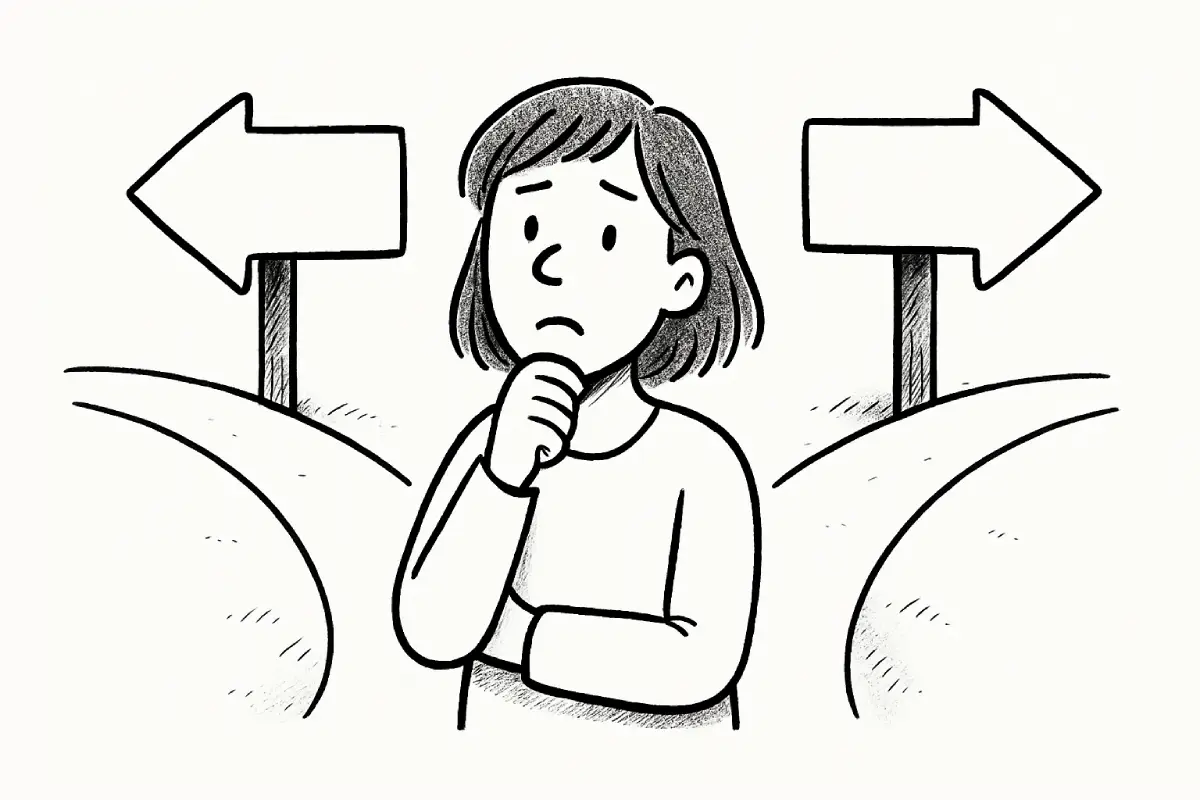The paper says yes. The reality says good luck.
In 1935, the United States government made a promise. It was signed in ink by Franklin D. Roosevelt. It was called the National Labor Relations Act (NLRA). It explicitly granted employees the right to organize, to bargain collectively, and to engage in concerted activities.
That was the paper.
Go to a warehouse floor in Bessemer, Alabama today. Go to a coffee shop in Buffalo. Walk the line. Ask the people there if that promise holds weight.
They will tell you a different story. They will tell you that rights without teeth are just suggestions.
“The law has been turned into a weapon against the very people it was meant to protect.”
This investigation looks at the gap. The chasm between the legal statute and the shop floor reality. It is not a story about “labor relations.” It is a story about power.
Part I: The At-Will Guillotine
You serve at the pleasure of the king.
That is the reality of “at-will” employment. It is the law of the land in 49 out of 50 states. Montana is the outlier. Everywhere else, you can be fired for any reason. Or no reason.
Bad socks. Wrong look. Five minutes late. Gone.
Technically, it is illegal to fire a worker for union organizing. Section 8(a)(3) of the NLRA says so. But the burden of proof is on the worker. You have to prove you were fired for the union button, not the “bad attitude” or the “efficiency metric” you missed by 0.5%.
Companies know this.
They build a dossier. They track “Time Off Task.” They document every minor infraction. When the union card gets signed, the dossier opens. The worker is fired for “policy violations.”
The Chilling Effect
It works.
A worker sees an organizer fired. The message is clear. Keep your head down. Shut up. Work faster.
The Economic Policy Institute (EPI) crunched the numbers. They found that employers are charged with violating federal law in 41.5% of all union election campaigns.
One in five campaigns involves a charge that a worker was illegally fired.
Think about that. In twenty percent of elections, someone loses their livelihood. That isn’t a bug. It’s a feature.
Part II: The Consultant Industrial Complex
Union busting is not a hobby. It is an industry.
It is worth $340 million a year.
Companies do not handle this in-house. They hire specialists. “Union Avoidance Consultants.” They fly in. They wear nice suits. They carry briefcases full of scripts.
They are mercenaries.
Their job is simple: Kill the vote.
The Captive Audience
The tactic is psychological warfare. It is called the “captive audience meeting.”
The line stops. Everyone is herded into a breakroom. The doors close. The consultants speak. You are on the clock. You cannot leave. If you leave, you are insubordinate. You are fired.
They talk about dues. They talk about strikes. They tell you the union is a “third party.” They tell you the plant might close. They don’t say “we will close the plant.” That would be illegal. They say “the market is tough, and a union makes us uncompetitive.”
The implication lands.
The National Labor Relations Board (NLRB) General Counsel Jennifer Abruzzo wants to ban these meetings. She calls them coercive.
“Forcing employees to listen to employer speech under threat of discipline violates their right to refrain from listening.”
But for now, they happen. Every day.
According to a study by the EPI, employers use captive audience meetings in 89% of elections.
It is a barrage. Mandatory meetings. One-on-one “check-ins” with supervisors. Texts. Emails. Flyers in the bathroom.
There is no escape. The workplace becomes a pressure cooker. The goal is exhaustion. A tired worker votes “no” just to make it stop.
Part III: The Delay Game
Let’s say the workers win.
They withstand the fear. They ignore the consultants. They cast their ballots. The NLRB counts them. The union wins.
Pop the champagne? No.
Winning the election is not winning the union. Winning a contract is winning the union.
And the company has a new weapon: Time.
They stall. They appeal the certification of the vote. They challenge the size of the bargaining unit. They argue that the shift supervisors are technically “management.”
These legal maneuvers grind through the courts. Months pass. Years pass.
The Attrition War
The original organizers leave. They get better jobs. They get fired. They get tired. New workers are hired. The new workers don’t remember the victory. They only see a union that can’t deliver a raise.
The company sits at the bargaining table. They are required by law to “bargain in good faith.”
Good faith is a slippery concept.
They meet once a month. They reject every proposal. They offer nothing. They talk about the weather. This is called “surface bargaining.”
It is illegal. Proving it takes another year.
The numbers are bleak.
A study looking at data from 2004 to 2013 found that one year after a successful election, 52% of unions had no contract. Three years out, 37% still had nothing.
The union dies on the vine. The workers look at their paystubs. Nothing has changed. The company wins by doing absolutely nothing.
Part IV: The Penalty Problem
Why do companies break the law?
Because it pays.
The penalties for violating the NLRA are a joke. They are not fines. They are “remedies.”
If a company illegally fires a worker for organizing, and the courts finally rule against them three years later, what happens?
Do they pay a million dollars? Do the executives go to jail?
No.
They have to rehire the worker. They have to pay “back pay”—the wages the worker would have earned, minus whatever they earned at a new job in the meantime. And they have to post a piece of paper in the breakroom saying, “We promise not to break the law again.”
That is it.
The Cost of Doing Business
For a multi-billion dollar corporation, back pay is a rounding error. It is pocket lint.
It is cheaper to illegally fire the organizer, pay the settlement three years later, and kill the union drive, than it is to sign a contract that raises wages by 5%.
It is a calculation. A spreadsheet decision.
The PRO Act (Protecting the Right to Organize Act) tried to change this. It proposed real fines. $50,000 per violation. Personal liability for directors.
It died in the Senate.
So the calculation remains. Break the law. Pay the fee. Keep the profits.
Part V: The Modern Battlefield
The terrain is shifting.
The old factories are closing. The new floor is the coffee shop. The warehouse. The digital newsroom.
Starbucks. Amazon. REI. Trader Joe’s.
The names change. The tactics evolve.
The Starbucks Strategy
Look at Starbucks. Hundreds of stores voted to unionize. It was a wildfire.
How did the company respond?
They closed stores.
They cited “safety concerns.” They cited profitability. But the map showed a pattern. Union stores closed. Non-union stores stayed open.
The NLRB prosecutors issued complaint after complaint. They alleged hundreds of violations. They demanded stores be reopened.
Starbucks denied it all. They fought every inch.
It works. The momentum slows. The fear returns.
The Amazon Algorithm
Amazon is different. It is a machine.
In Bessemer, Alabama, during the first election, Amazon pressed the county to change the traffic light timing outside the warehouse so organizers couldn’t talk to drivers at red lights.
They installed a mailbox right at the employee entrance, inside their surveillance perimeter, encouraging workers to mail ballots there. The NLRB ruled this created the impression of surveillance. They ordered a new election.
Amazon lost the second vote at the JFK8 warehouse in Staten Island.
Did they sign a contract?
No. They filed objections. They claimed the union organizers gave out marijuana to buy votes. They claimed the NLRB was biased.
They are still fighting. There is no contract.
Part VI: The Judiciary Wall
The final line of defense for the employer is the court system.
The NLRB is an agency. It interprets the law. But its decisions can be appealed to federal courts.
Conservative legal groups are now attacking the existence of the NLRB itself. They argue it is unconstitutional.
Elon Musk’s SpaceX filed a lawsuit claiming the NLRB’s structure violates the separation of powers. Trader Joe’s joined in. Amazon joined in.
They are not just fighting the union. They are fighting the referee.
If they win, the entire framework of labor law collapses. We go back to 1930.
Part VII: The Human Element
Forget the laws for a second. Forget the courts.
Look at the person.
To organize a union requires courage that most people do not have. You have to stand up in a room full of fear and say, “We deserve better.”
You put a target on your back.
I spoke to a warehouse worker. Let’s call him Mike. Mike is 45. He has a bad back. He moves boxes ten hours a day.
He tried to get signatures.
“The managers started following me,” he said. “Not saying anything. Just standing there. Watching. Every time I went to the bathroom. Every time I got water.”
He stopped.
“I got kids,” he said. “I can’t lose this check.”
That is the reality.
The right to unionize exists in a vacuum. In the air-conditioned offices of Washington D.C., it is a sacred right. On the floor, it is a risk. A gamble with your rent money.
Conclusion: The Hollow Promise
So, do U.S. workers have the right to unionize?
Technically, yes….
Practically?? Only if they are willing to walk through fire.
The system is designed to fail them. The laws are outdated. The penalties are nonexistent. The enforcement is slow. The opposition is ruthless and well-funded.
A right that you cannot exercise without risking your survival is not a right. It is a trap.
The American worker is fighting with one hand tied behind their back. The other hand is holding the rulebook. The opponent is holding a sledgehammer.
Those are the facts. The rest is just noise.
Key Statistics
- Union Density: In 1983, 20.1% of workers were union members. In 2023, it was 10.0%.
- Public Support: 71% of Americans approve of labor unions, the highest since 1965, according to Gallup.
- The Gap: More than half of non-union workers say they would vote for a union if they could. That gap represents the failure of the law.
Sources & Further Reading
- Economic Policy Institute: Unlawful Employer Opposition to Union Election Campaigns
- National Labor Relations Board: Your Rights Under the NLRA
- Bureau of Labor Statistics: Union Members Summary
You might also like: Why Your Team Doesn’t Trust You (And How to Fix It)











